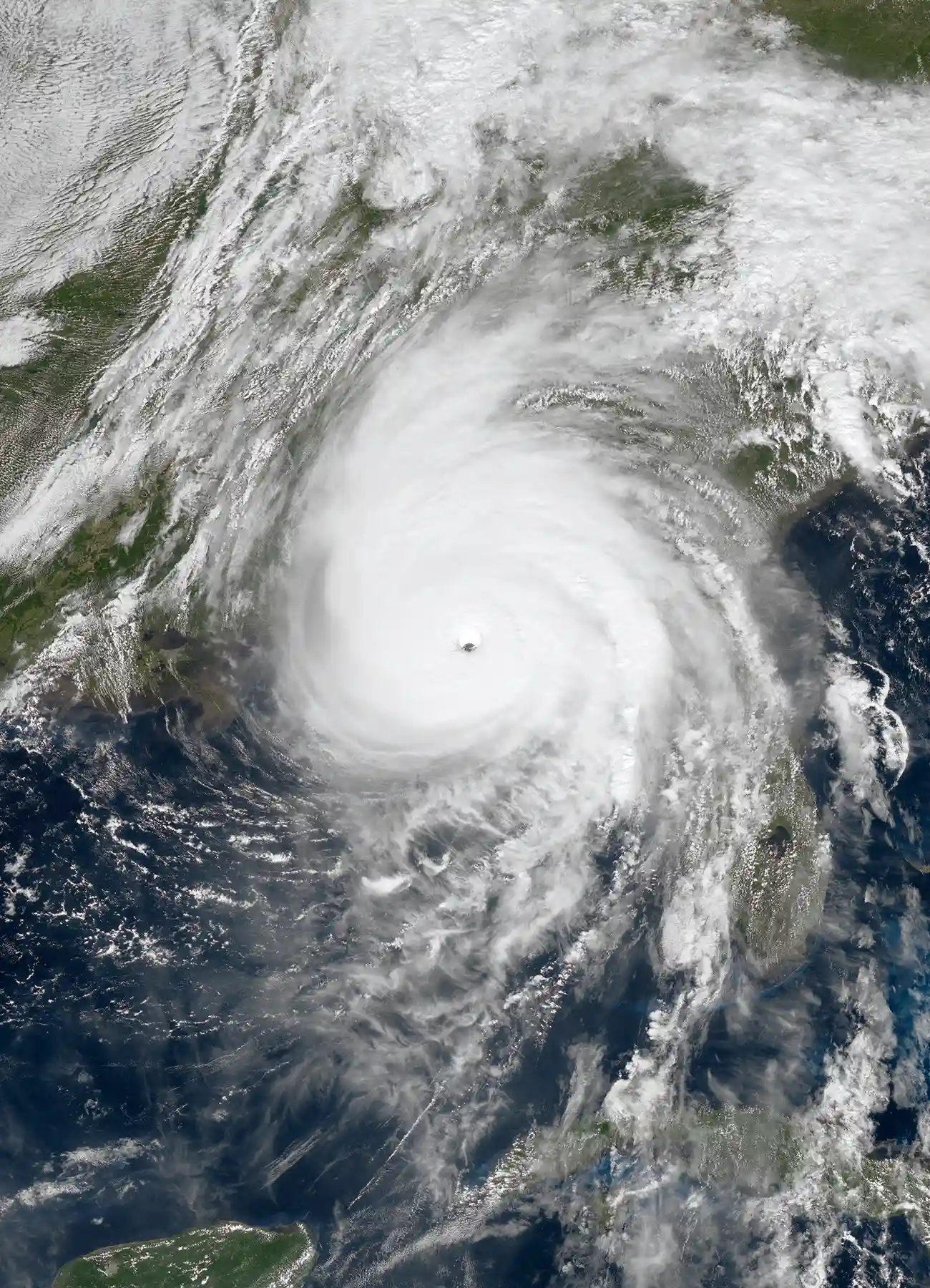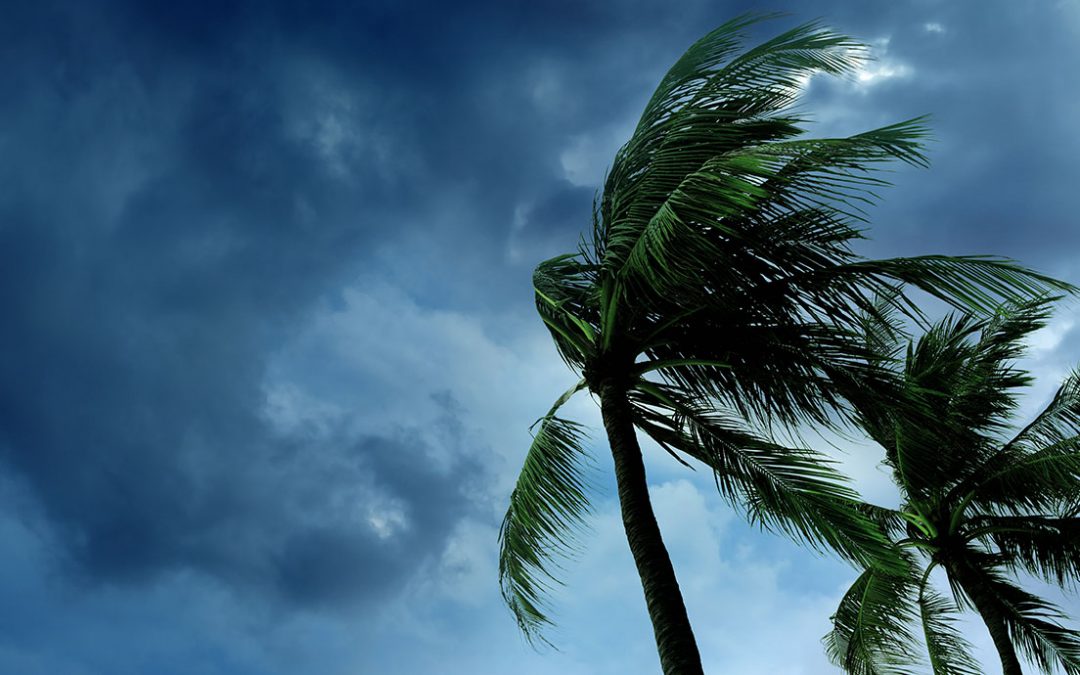The 2023 Hurricane Season is here.
And if you live in the great state of Florida, you know it’s best to be ready before a storm hits. Florida, by a wide margin. Since accurate hurricane records began in 1851, some 125 hurricanes have made landfall in the state of Florida. Texas is second, with 66 hits. And according to NOAA, 40% of all U.S. hurricanes have hit Florida.
A hurricane is one name for a tropical cyclone. A tropical cyclone is “a generic term for a low-pressure system that formed over tropical waters with thunderstorm activity near the center of its closed, cyclonic winds,” NOAA said. “Tropical cyclones derive their energy from vertical temperature differences, are symmetrical, and have a warm core.”
When a hurricane threatens your community, be prepared to evacuate if you live in a storm surge risk area. Allow enough time to pack and inform friends and family if you need to leave your home.
-
- Secure your home: Cover all of your home’s windows. Permanent storm shutters offer the best protection for windows. A second option is to board up windows with 5/8 inch exterior grade or marine plywood, built to fit, and ready to install. Buy supplies before the hurricane season rather than waiting for the pre-storm rush.
- Stayed tuned in: Check the websites of your local National Weather Service office and local government/emergency management office. Find out what type of emergencies could occur and how you should respond. Listen to NOAA Weather Radio or other radio or TV stations for the latest storm news.
- Follow instructions issued by local officials. Leave immediately if ordered!
If NOT ordered to evacuate: Take refuge in a small interior room, closet, or hallway on the lowest level during the storm. Put as many walls between you and the outside as you can. Stay away from windows, skylights, and glass doors.
If the eye of the storm passes over your area, there will be a short period of calm, but at the other side of the eye, the wind speed rapidly increases to hurricane force winds coming from the opposite direction.

Hurricanes are considered bad for several reasons:
1. Destructive Winds: Hurricanes are characterized by strong, rotating winds that can reach speeds exceeding 74 miles per hour (119 kilometers per hour). These powerful winds can cause significant damage to buildings, infrastructure, and vegetation. They can uproot trees, tear off roofs, and topple power lines, leading to widespread power outages and destruction of property.
2. Storm Surge: One of the most dangerous aspects of hurricanes is the storm surge they generate. As a hurricane approaches land, it pushes a large amount of ocean water toward the coast, resulting in a rise in sea levels. This surge of water can inundate coastal areas, causing severe flooding and posing a significant threat to life and property.
3. Heavy Rainfall and Flooding: Hurricanes often bring torrential rainfall over a wide area. The excessive rainfall can lead to flash floods and river flooding, overwhelming drainage systems and causing extensive damage to homes, roads, and bridges. Flooding can also contaminate water sources, increasing the risk of waterborne diseases. Florida is one of the states most affected by hurricanes. From Pensacola to Jacksonville, and down towards Orlando and Tampa, hurricanes can cause life threatening floods.
4. Tornadoes and Waterspouts: Hurricanes can spawn tornadoes and waterspouts within their circulation. These tornadoes can cause additional damage and pose a threat to life. They are often difficult to predict and can occur with little warning.
5. Economic Impact: The destruction caused by hurricanes can have a significant economic impact on affected areas. Rebuilding damaged infrastructure, homes, and businesses requires substantial resources and can take years to recover fully. The economic repercussions can be particularly devastating for regions that heavily rely on tourism or agriculture.
6. Loss of Life: Hurricanes have the potential to cause loss of life. The combination of strong winds, storm surge, flooding, and other associated hazards can be deadly if people do not take proper precautions or evacuate when necessary. Emergency management agencies work to minimize the loss of life, but hurricanes remain a significant threat to human safety.
It’s important to note that while hurricanes are natural phenomena, their impact can be mitigated through early warning systems, evacuation plans, infrastructure preparedness, and effective disaster management strategies.
NOAA forecasters with the Climate Prediction Center, a division of the National Weather Service, predict near-normal hurricane activity in the Atlantic this year. NOAA’s outlook for the 2023 Atlantic hurricane season, which goes from June 1 to November 30, predicts a 40% chance of a near-normal season, a 30% chance of an above-normal season and a 30% chance of a below-normal season.
NOAA is forecasting a range of 12 to 17 total named storms (winds of 39 mph or higher). Of those, 5 to 9 could become hurricanes (winds of 74 mph or higher), including 1 to 4 major hurricanes (category 3, 4 or 5; with winds of 111 mph or higher). NOAA has a 70% confidence in these ranges.
Here are the list of 2023 names:
- Arlene
- Bret
- Cindy
- Don
- Emily
- Franklin
- Gert
- Harold
- Idalia
- Jose
- Katia
- Lee
- Margot
- Nigel
- Ophelia
- Philippe
- Rina
- Sean
- Tammy
- Vince
- Whitney

